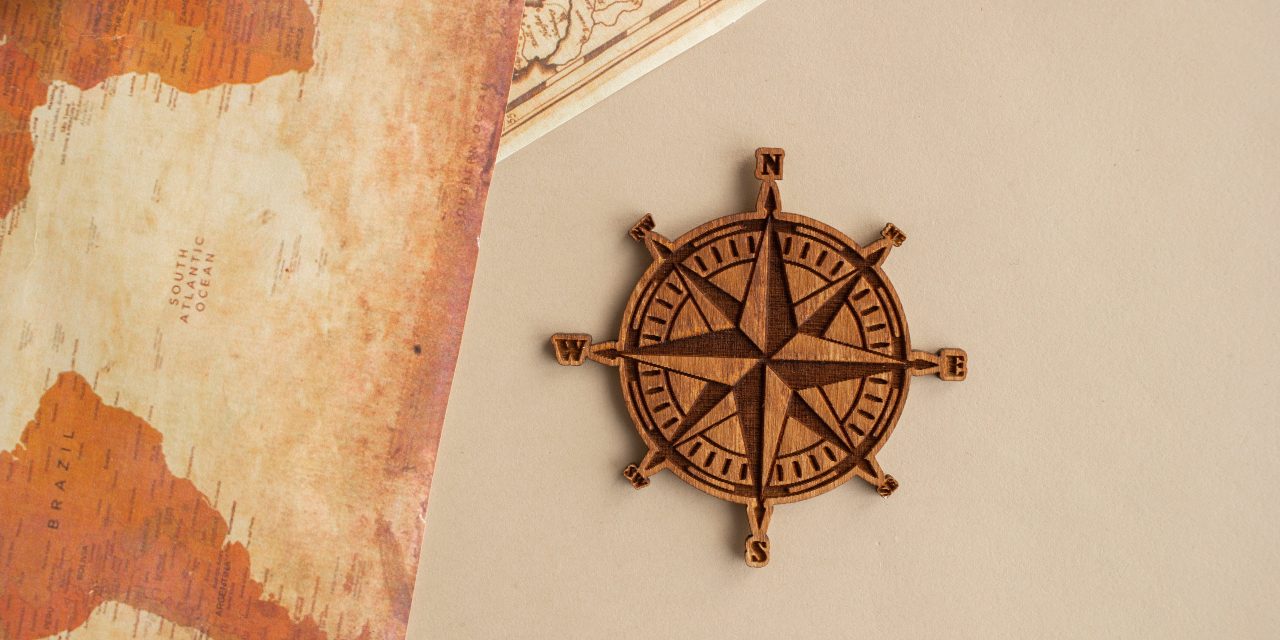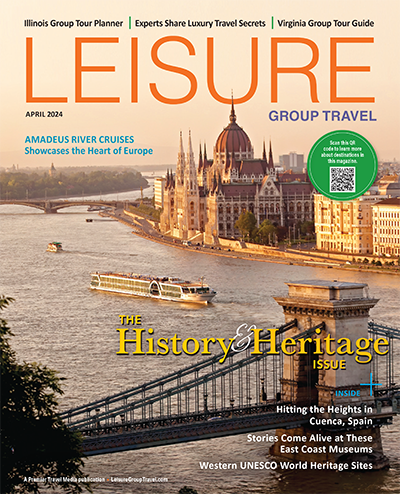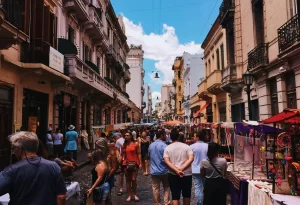Today’s astute businessperson knows long-term success doesn’t end when a new customer is gained. Here we look at best practices for customer retention
Let’s maximize that initial investment and turn those new customers into long term, loyal clients by setting up a strong customer retention strategy.
Within the industry it’s agreed that the tour & travel business is based on relationships. We accept that by providing good customer service, operators will certainly come back. That’s a great start. However, if you think it’s not necessary to have a formal customer retention program, you risk missing out on repeat business.
New business is certainly the lifeline of any operation, but here are the facts from a SumAll study. They might just help us understand why customer retention programs are possibly more important than new customer strategies:
- Of first time customers, 27% will make an additional purchase. Even better, customers that have purchased four times will return 60-% of the time.
- Up to 40& of our business revenue can come from repeat business. NOTE: This revenue comes at a lower cost since there is less investment then needed to attract a new customer.
- Those businesses on the high end percentage of repeat business, experience higher revenue returns then businesses on the lower end of repeat percentages.
- Repeat customers tend to spend more than first time buyers. This fact would seem to make the case for a tour company to offer product in both the moderate and luxury price points.
Okay this customer retention thing makes sense, but where do we go from here? Following are some tips from outside the industry that just may apply to your business.
- We touched on customer service and recognize its importance. Let’s be certain it begins with personalized attention. Throw away the thought that one size fits all when we think of our customers’ interests. Based on buying habits (both our product and others) let’s personalize what we offer each customer. I’ve borrowed the term “this is a high-touch industry.” Let’s not leave that thinking on the marketplace floor. Continue to understand your customer and use that knowledge.
- For years direct marketing folks have known that the best time to sell someone is right after they’ve bought. When a tour is successful we must have a follow-up offer. They took the tour because the theme and accompanying options attracted them. Now is the perfect time to offer those very customers something that’s the same, but different. Destinations too need to be thinking a “series” of same, but different itineraries for operators.
- This past year I’ve visited more than a dozen states via air, rental car and train! I have mileage cards from all of them, plus hotel and even restaurant incentives! How many suppliers in tour & travel have a customer rewards program? Of course we use COMPs to incentivize individual tours, but how many are offering a long-term program that promotes and encourages additional travel? Operators can reward their groups by mileage traveled, overnight stays or dollars spent. A supplier with a program that rewards operators over the long-term helps that operator sell more tours to their destination.
- Years ago a close friend and I did a series of training workshops for tour & travel suppliers. I vividly remember my partner saying that the first 30-minutes of a group’s arrival at the hotel will set the tone for the entire tour. If they have a bad experience, they’ll be reliving it the entire trip. The point is simple. Whether you’re a tour operator or supplier, make certain that with both first timers and loyal customers, their very first experience is exceptional and memorable.
We work hard to get new business. To keep those customers, we need to work even harder.
For more group travel planning advice, be sure to Subscribe for FREE to Leisure Group Travel.







